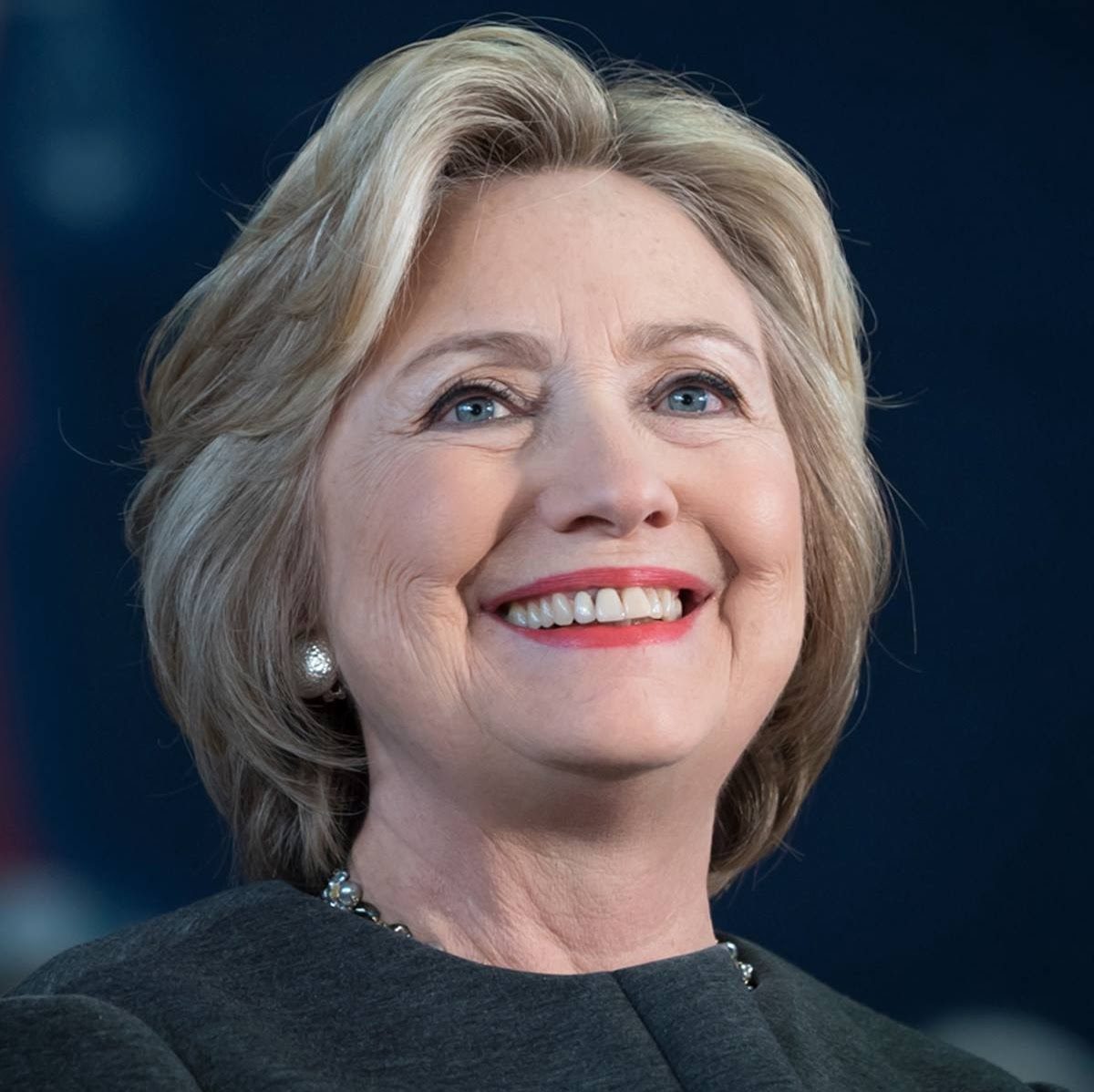Prediction markets derive their predictive value from the crowd (a.k.a. wisdom of the crowd). An example given by Suroweicki (2004): “If one asks a large enough number of people to guess the number of jelly beans in a jar, the averaged answer is likely to be very close to the correct number.” But how’s this theory used in practice?
Prediction markets are very applicable to political elections, and an important election is coming up. On the 8th of November a new president will be chosen in the USA. Hillary Clinton running as the democratic candidate, and Donald Trump for the republicans. In the images below the prediction markets for the presidential candidates are shown. What can we infer from this?

Source: http://predictwise.com/politics/2016-president-winner
The upper graph shows the probability of Clinton and Trump winning the presidential elections. The market predicts that at this moment, Clinton has a probability of 87% of becoming the (first female) president. Her probability of becoming president increased sharply after the first televised debate, as well as today’s news about Trump’s opinion towards women. The changes in the probabilities for Clinton winning can be seen more clearly in the graph below. The question underlying these probabilities is as follows: how much are you willing to pay to receive one dollar if Hillary Clinton is elected president? And vice versa: how much are you willing to pay to receive one dollar if Donald Trump is elected president? The dollar amounts (willingness to pay) the market reflects is the probability the crowd assigns to an event to occur.

Source: http://predictwise.com/politics/2016-president-winner
According to the market, Trump only has a chance of 13% of becoming the next president of the USA. What would your advice be based on the information above? Should Trump suspend his campaign or is the crowd not getting it right this time?
References:
Surowiecki, R. (2004) Available at: http://www.diplomacy.edu/resources/books/reviews/wisdom-crowds-why-many-are-smarter-few


